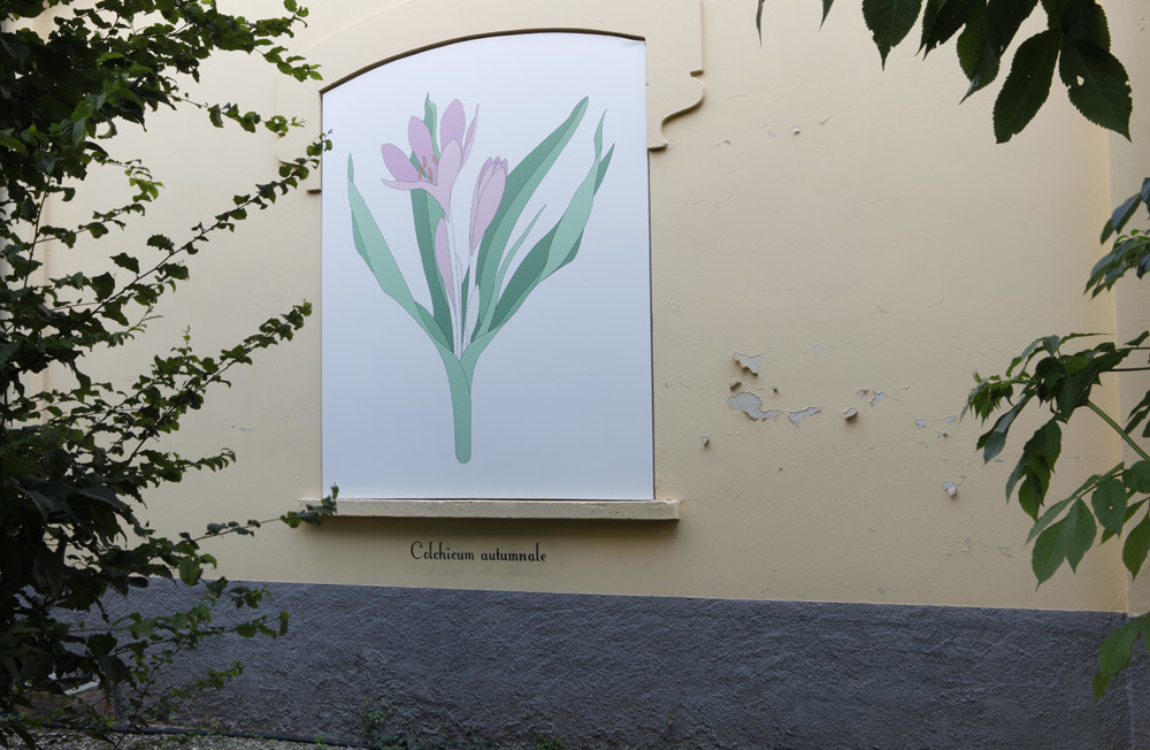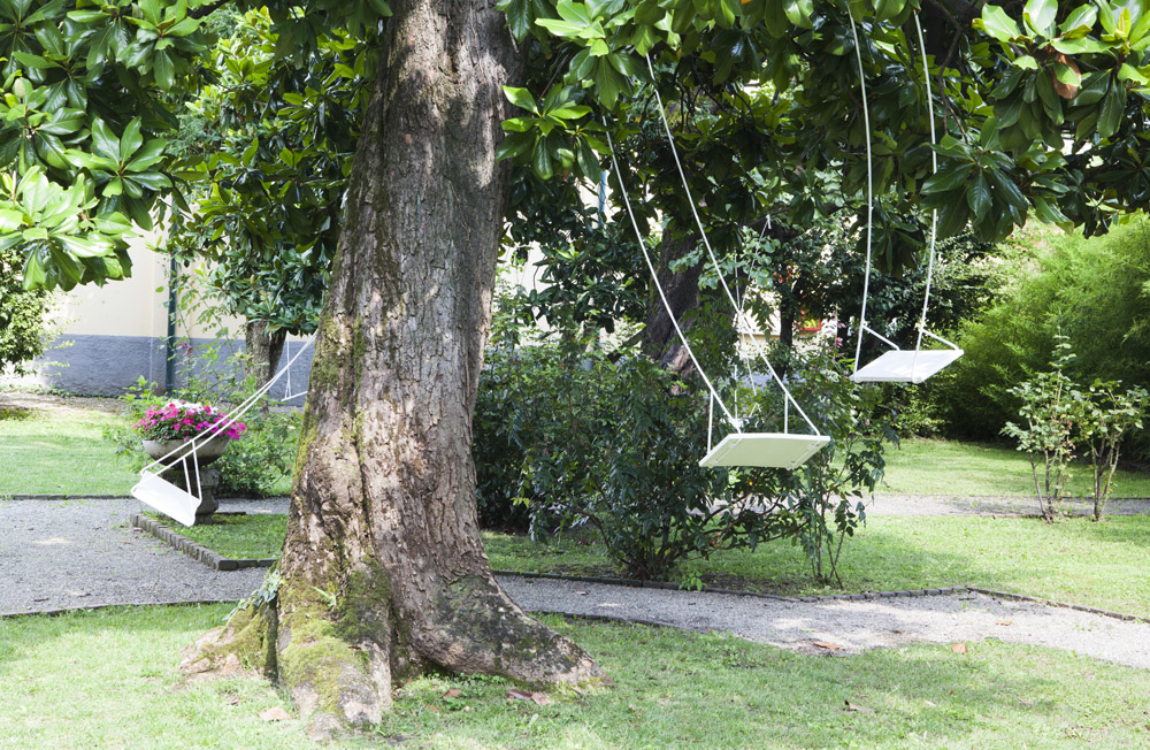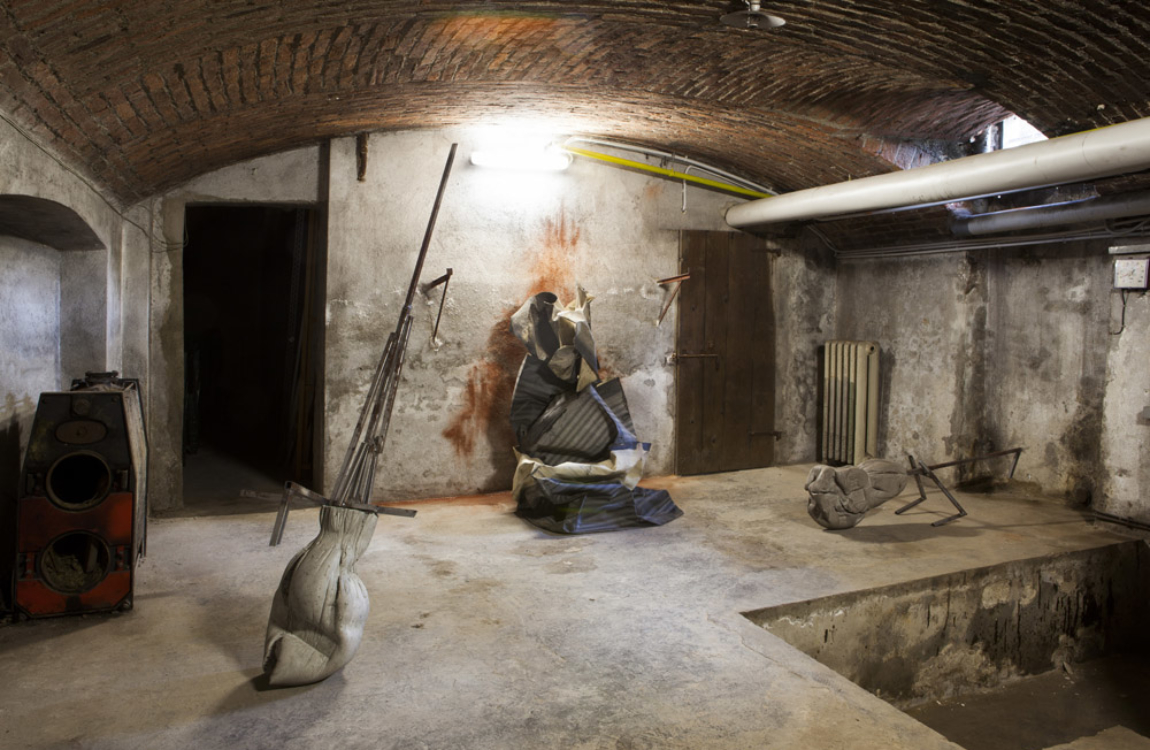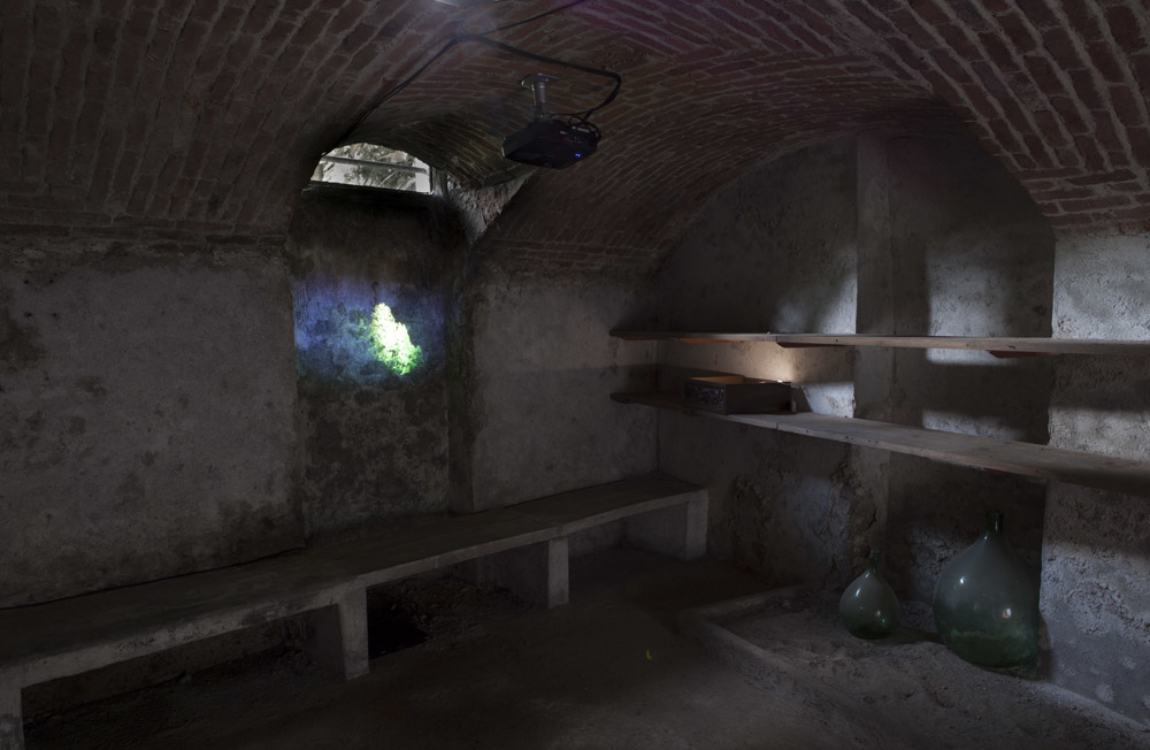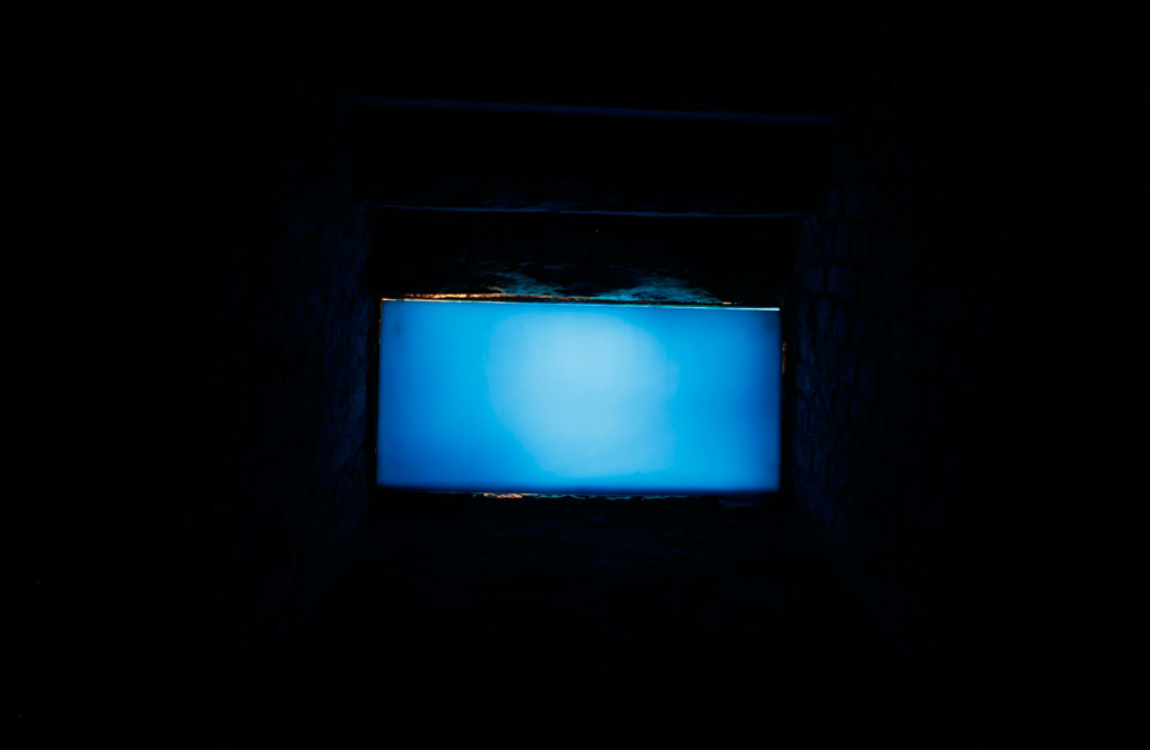Room 4
«The young naked athletes painted by Testori […], through a long history of cross-breeding, mutations and chromosomal enrichment, descend from Caravaggio’s Bacchino malato or Narciso, placing themselves alongside the young acrobats of Picasso’s pink and blue epoch and with a deeper spiritual affinity alongside Rouault’s clowns and forains, horsewomen and prostitutes, with their almost animal will to fight and ability to resist, to take the blows […]. The beauty of this paintings cannot be grasped inwardly if one does not realise that it represents an act of salvation and gives form to an act of faith in the life of beloved things, things indeed, and to an act of participation in their ineradicable melancholy.
These young naked athletes represent the state of innocence of the ragazzi di vita of the Dio di Roserio, of the Fabbricone, of the stories of the Ponte della Ghisolfa, that is, the figures in which they enclose themselves, almost waiting to be born, if a gesture of truth and love frees them from the slime. In the Greece of the golden age, artists performed the same miracle, but without leaving a place for man. The young naked athletes took the form of heroes and gods. A form that for Testori is only hope, or rather melancholy and hunger. His young men remain on earth, this earth, among us. They are nerves and muscles, flesh that can compete and can love and be loved, and yield to fatigue, and fall forgetful in sleep. To die every day.»
Luigi Carluccio, 1971
In 1971 Testori exhibited in Turin, at the Galatea Gallery of Mario Tazzoli, the gallery owner who was responsible for the first exhibition of Francis Bacon in Italy and trusted dealer of the Agnelli family.


































